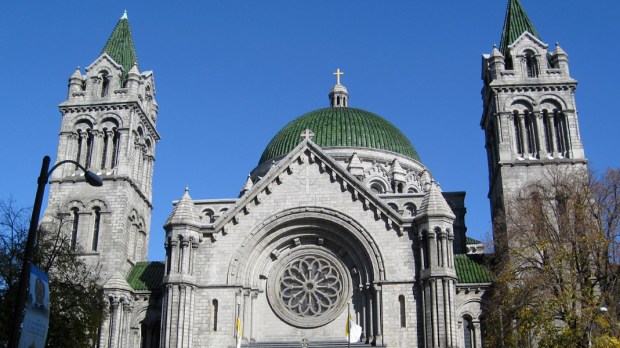Living in the United States it is easy to associate domes with civic buildings. Our best-known dome is the U.S. Capitol Building in Washington, D.C.
However, up until the 18th century domes were used almost exclusively in sacred architecture. Before then people of many different religions — including the pagans of Rome, Christians, Hindus, and Muslims — used the dome to express similar types of spiritual symbolism.
One of the most ancient and well preserved domes is that of the Pantheon in Rome. It was built in the 2nd century and proved to be a model for all other domes after it. The building was originally built as a Roman temple dedicated to all the gods, as its Greek name indicates.
The unique dome is believed to have represented the heavens, reminding the worshiper of the deities above.
Domes in other cultures represented similar concepts as gods were frequently believed to reside in or above the sky.
When Christianity was officially recognized in the Roman Empire, it naturally adopted the numerous temples and converted them into Christian churches. The Pantheon was christened Santa Maria ad Martyres and became a place to worship the Holy Trinity.
In the Christian context domes continued to be thought of as a representation of the “heavens” and were used to remind the Christian of the beauty and grandeur of God. Often artists would paint heavenly symbols and figures, such as angels, the Holy Spirit, and the saints.
The Trinity Dome at the Basilica of the Immaculate Conception in Washington, D.C., now undergoing completion, is a modern-day example of the type of symbolism often used in Christian domes.
Michelangelo, when faced with the project of putting a dome atop Saint Peter’s Basilica, reportedly said, “I could build one bigger, but not more beautiful, than that of the Pantheon.” This particular dome, which echoes classical principles of architecture has since become a model for many other domes throughout the world. The dome on the U.S. Capitol Building is designed after Saint Peter’s Basilica, reflecting the role that neo-Classical architecture played in the design of our nation’s capitol.
Domes on Christian churches invite pilgrims to “look up” and remember that their lives are not meant to be downward in focus, but pointed upward, towards the heavens above.

Read more:
This is why churches have stained glass windows

